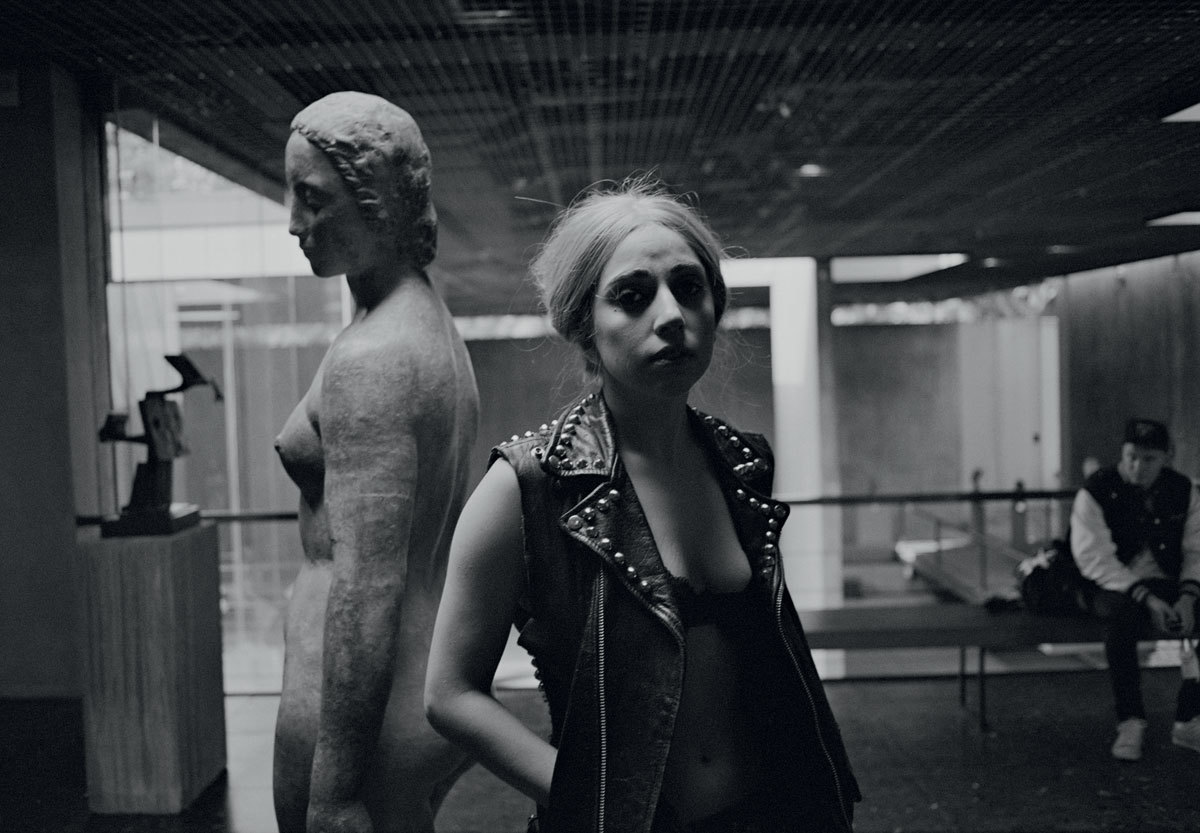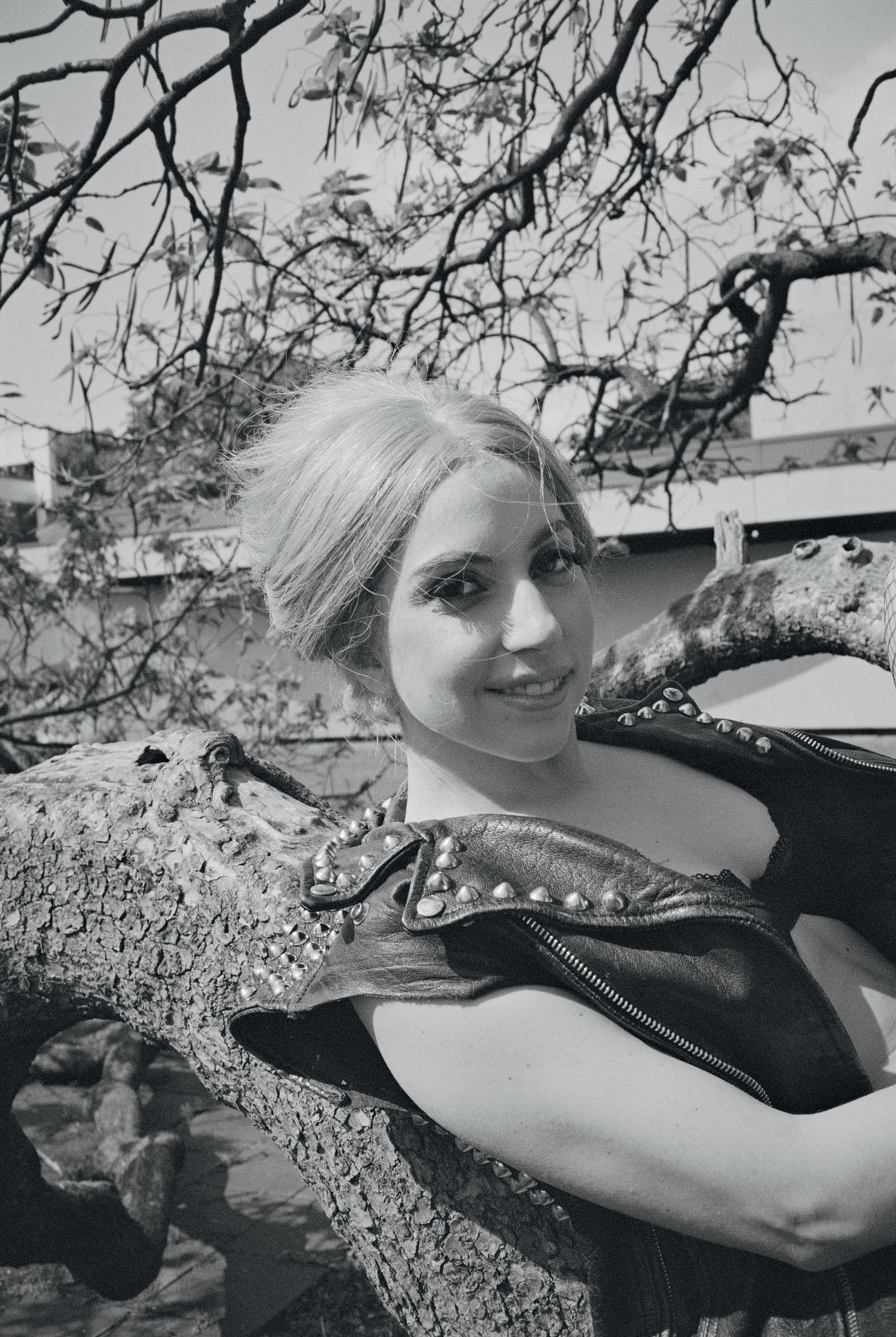When the Pet Shop Boys’ Neil Tennant used the term “imperial phase” in an early-00s interview, he did so in reference to the group’s 1987/88 commercial peak. A period in which three of their four UK #1s hit the top spot — “It’s A Sin,” “Always On My Mind,” and “Heart” — it was, in the former pop critic’s words, a time when he felt “we had the secret of contemporary pop music, that we knew what was required.” And you’d be hard-pushed to argue. Seemingly able to strike sparks anywhere, there was, to paraphrase the infamous wave speech from Hunter S. Thompson’s Fear and Loathing in Las Vegas, a fantastic universal sense that whatever they were doing was right, that they were winning.
As outlined in Tom Ewing’s invaluable essay on the origins of the phrase, empires fall and the relative disappointment of 1988’s Domino Dancing (UK #7) would signal the end to a period of consistent success that the group would struggle to recapture. While it would continue to have both big hits (1993’s “Go West,” aUK #2) and critical success (this year’s Super, for instance)it would never again be maintained over a single period. Their time was up. The imperial phase was over.

Lady Gaga is an artist who knows all about imperial phases. For a glorious stretch beginning with debut single “Just Dance” and peaking roughly with the release of the Beyoncé-featuring “Telephone” video just under two years later, she was the artist with all the momentum. Omnipotent in a way that fellow imperial phaser Eminem had been 10 years earlier, there was an overwhelming sense that she knew what she was doing: each release building on the previous, the run of hits sustaining well into the comparatively disappointing Born This Way campaign: a period recently described by journalist Michael Cragg as when “previously immaculate artwork and videos [were] replaced by rushed jobs” (this despite excellent singles “Judas,” aUK #8, and “The Edge of Glory,”UK #6).
Although 2013’s ARTPOP would complete the trilogy of albums that we may now view as Lady Gaga Mark 1 — a five year run of increasingly elaborate music videos, performances, and gimmicks — by the time of release there was a general and well documented mood of battening down the hatches. Singles were proposed and then scrapped, music videos failed to materialize, and although the Christina Aguilera-featuring “Do What U Want” single would be well received (UK #9), the die was cast: the imperial phase was over. Suddenly fellow Pet Shop Boy Chris Lowe’s description of the term — “It means you can do what you like, usually followed by disappearing up your backside!” — seemed only too pertinent.

Here we are then with Lady Gaga 2.0. The prosthetics are gone, as are, if lead single “Perfect Illusion” is anything to go by, the thumping dance pop numbers that largely defined the previous era. Calling in Mark Ronson and Tame Impala’s Kevin Parker as co-writers, it is her straightest rock release to date: a continuation of the “authenticity building” of recent jazz releases (the upcoming album Joanne is said to feature contributions from Florence Welch and Father John Misty) and, as highlighted by the Guardian, an attempt to move in on some of the ground gobbled up by Sia in the intervening period: “[she] wants you to hear the blue notes, the cracks in her voice.”
Yet, while there are presentational differences, the track does tick nearly all of the Owen Pallet checklist for a perfect Lady Gaga single: the simple chord choices, a single-pitch melody in a minor key, a song title that’s repeated ad infinitum. So why are people so divided on it?

Part of the reason may be attributed to Gaga herself. “[Her] gaze upon the pop landscape is unflinching, unblinking,” Pallet explains in the same article. “Result: Gaga would never do a single that modulated to another key.” And here we are, in the new Gaga era, with a brazen and, as Pitchfork had it, unearned keychange at the heart of a comeback single.
Where once we believed the singer as an infallible pop entity, we now question her choices. A disco-inspired guitar part over three years after “Get Lucky?” A belter of a chorus in a post-“Lean On’ world of restraint (that has the audacity to arrive 30 seconds in, no less)? It’s hard to imagine this suddenly blinking, flinching Gaga having the temerity to turn up to the MTV Video Music Awards wearing a dress made of raw beef (in fairness, it’s hard to imagine anyone in today’s gimmickless pop climate turning up to the MTV Awards in a dress of raw beef). As the cracks in her voice denote, she seems fallible, human. Could it all have been an illusion?

The thing about imperial phases is that they rarely signal the beginning or the end of a career. The Pet Shop Boys didn’t stop being brilliant post-Actually. Bruce Springsteen only got bigger in the years following his appearance on the covers of both Time and Newsweek in the same week. Madonna even went on to have another late-90s imperial phase (and then another halfway through the 00s).
Lady Gaga is no longer the artist in our mind’s eye. And so what? Away from the noise and the baggage of previous years, we should be able to enjoy “Perfect Illusion” for what it is: a solid comeback with just enough room to establish what could well be the sound of a genuinely thrilling second act.
The imperial phase is over. And we couldn’t be more excited to see what happens next.

Credits
Text Matthew Whitehouse
Photography Wolfgang Tillmans [The Hedonist Issue, No. 313, Summer 2011]
